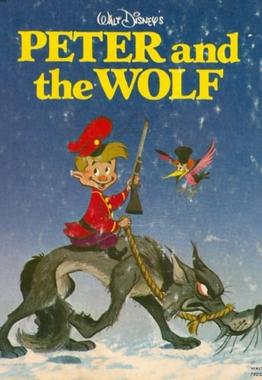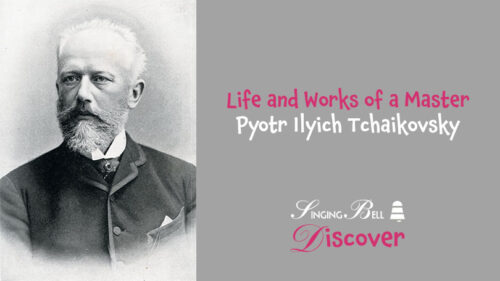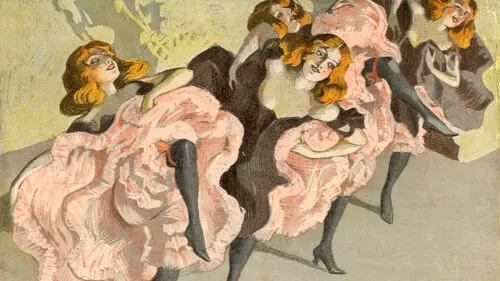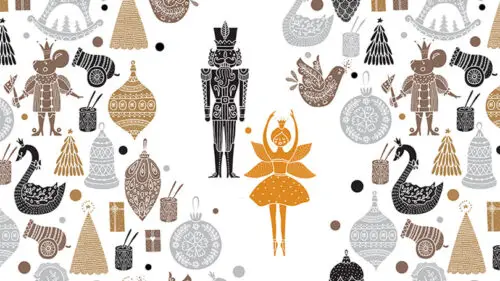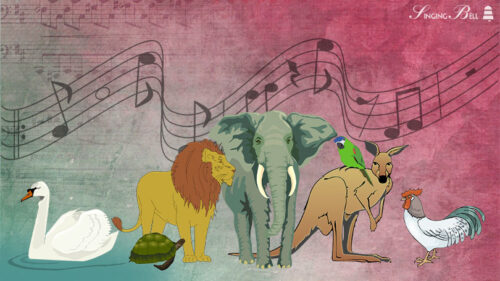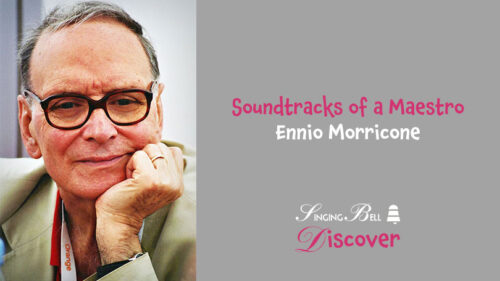
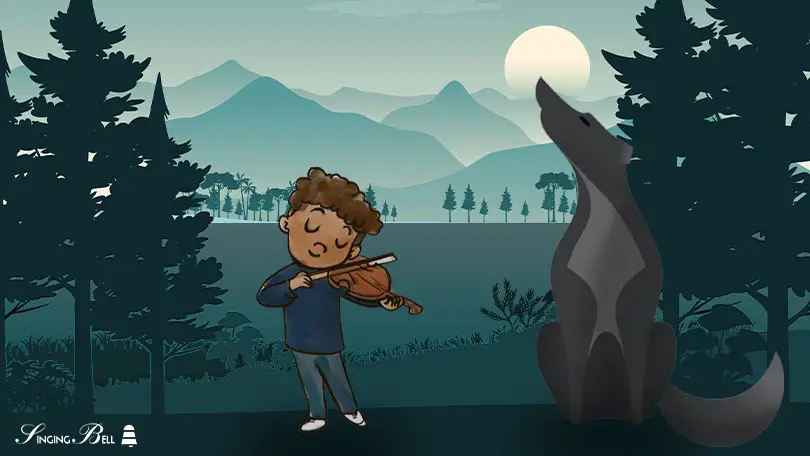
“Peter and the Wolf”, one of the most famous works of classical music written for children, introduces us to the basic instruments of the orchestra. It is a story, a fairy tale starring humans and animals.
The work is essentially a symphonic fairy tale for children: there is a narrator and the orchestra that illustrates the sounds of the story. The music is descriptive: each role, but also the events as well as the emotions, are expressed through the sounds and the character of the musical instruments and the orchestra.
This makes the project particularly interesting not only musically, but also music pedagogically. Every music teacher will include it at some point in their curriculum in order to teach musical instruments or do a good rehearsal for them.
Composition ID
Table of Contents
- Composition ID
- The Story
- The Orchestra, the Music and the Characters
- Flute for the Bird, Clarinet for The Cat, Bassoon for the Grandfather
- The Composer: Sergei Prokofiev
- Orchestra, Instruments and Animation – Again!
- On paper!
- Activities and Worksheets
Title: Peter and the Wolf
Date: 1936
Place: Moscow
Genre: Symphonic fairy tale for children
Composer: Sergei Prokofiev (1891 – 1953)
The Story
This is the adventure of a boy and his friends: Peter, the bird and the duck play carefree in the forest until a cat appears. At first, the cat is aggressive towards the birds, but later, when a common enemy appears, the cat and the bird become friends and allies at once.
As soon as it gets dark, Peter’s grandfather comes to the forest and asks “What are you doing here?“. Peter gets back home with him, but, much later, when the grandfather is asleep, the boy runs away!
He realizes that his friends are in danger and he reaches out to them jumping from one tree to the next. With his clever plan he will get ahead of the hunters and catch the wolf before them. When the first shots are heard, it will be too late. Peter and his little friends have already done the job!
But… wait a minute! There are other main characters in this story:
- What is a flutist doing on a tree?
- Why do three bronze horns sound so threatening? And why is the oboe crying?
- What does the conductor do about all this?
The answers will be given by the orchestra throughout the work!
The Orchestra, the Music and the Characters
The following video is a French production with the participation of the ONF, French National Orchestra – although the conductor is Italian (but these things happen in orchestras!).
We selected it because, in addition to the wonderful interpretation of the musicians, the director imaginatively connects the musical instruments and the musical symbols with the characters of the story.
Flute for the Bird, Clarinet for The Cat, Bassoon for the Grandfather
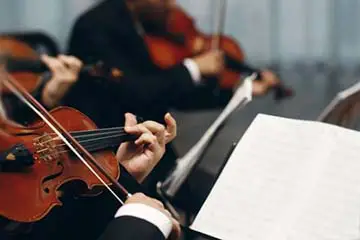
Prokofiev gave each instrument in the orchestra a role. The strings – happy as they are – went to Peter, as they’re suited for a courageous boy!
But which musical instruments did he choose for the other characters?
- The flute represents the bird: its sound is light, as it is suited for a small bird.
- The oboe for the duck: a piercing sound, sometimes playful and sometimes sad.
- The clarinet for the cat: a velvety sound for this silent animal that can approach you without you realizing it!
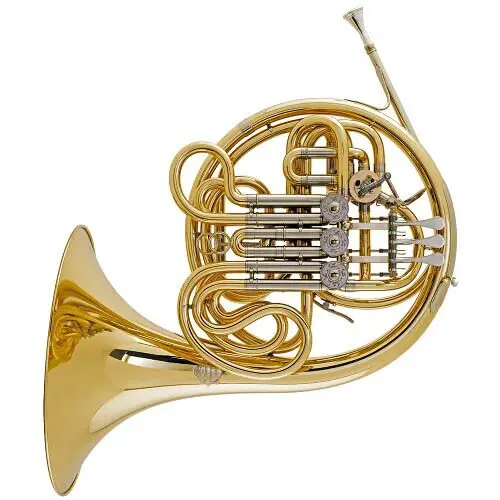
- The bassoon for grandfather: a deep, serious sound.
- The horn for the wolf: to be precise, there are three horns playing, making a majestic and dark sound…
- And for the shots of the hunters it’s the drums play loudly. Don’t get frightened!
The Composer: Sergei Prokofiev
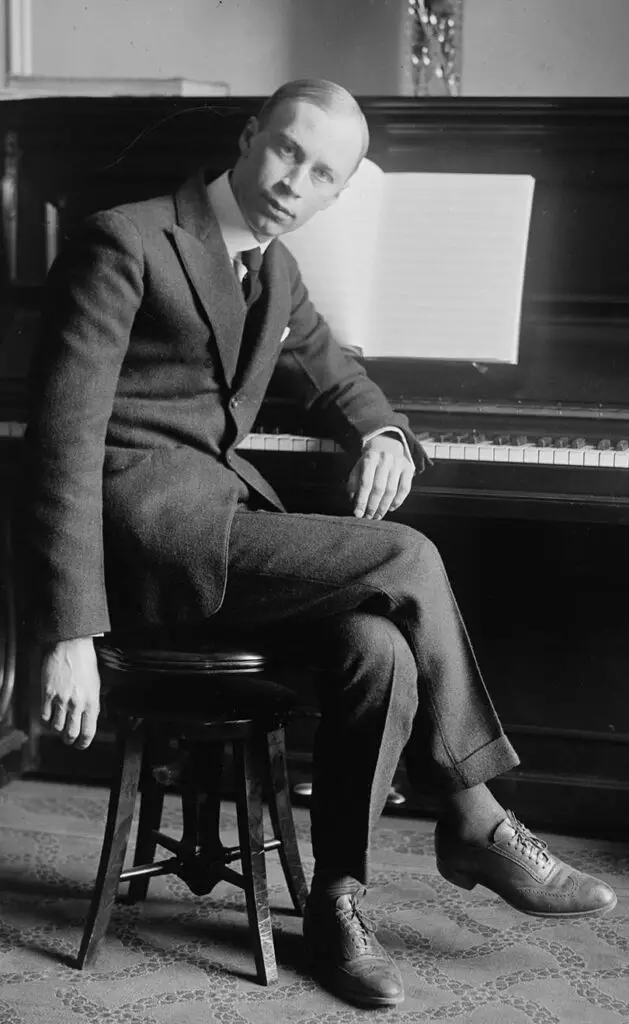
A composer is very similar to a writer. Only instead of writing his thoughts in words on a blank page, they write their musical thoughts with notes in a notebook full of staves.
Sergei Prokofiev lived in Russia during the last century – imagine that he was still young about 100 years ago. In 1936, when he composed this work, he was 45 years old. Apart from Russia he traveled and lived a lot in the USA and in Europe. He died in Moscow in March 1953, at the age of 62.
He was a pianist, but in addition to piano works he also wrote a lot of music for orchestra, concerts, operas and several ballets.
Orchestra, Instruments and Animation – Again!
Listen to one more musical narration of the story, this time by the New Jersey Symphony Orchestra.
On paper!
The computer screen can act as a window into the world (of music and beyond), but even today the most famous artists and scientists know very well that handwritten notes are of unique value!
After watching the previous video, get paper and pencil, read the following questions, choose three of them and write a letter to the composer, the conductor or a friend of yours who loves music. If you want you can fill in something for which there is no question …
- Which scene of the play did you like the most and why?
- Try watching the video again, but without sound. How does it see to you without the music?
- What is the role of the conductor?
- What happens at the end of the story? Does the orchestra play ‘forte’ (loud) or ‘piano’ (soft)?
- What do you imagine that happens next for the wolf and for Peter?
If you like painting, it’s time to get colors and paper:
Draw the faces and musical instruments of the story in your own way. Draw more pictures and make your own story with Peter and his friends.
What role would you give to the wolf this time?
Activities and Worksheets
Matching Games
Match the instruments to the roles of the story.
Did you like this post?
You may also like:
Saint-Saëns: The Carnival of the Animals for kids
Ennio Morricone, Soundtracks of a Maestro
Jacques Offenbach’s Can-Can (Infernal Galop) – The composer and the song

